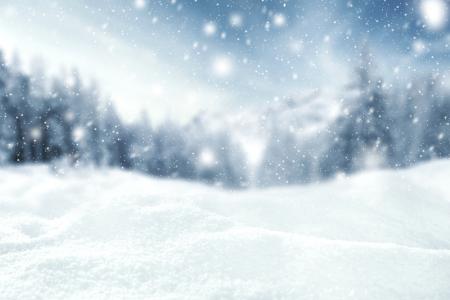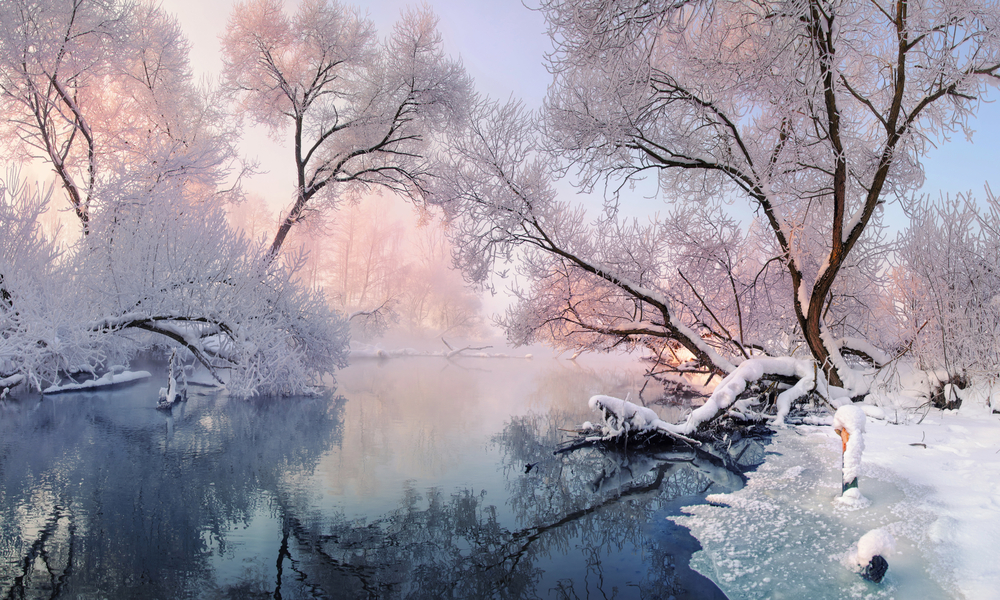Now that we’re launched into the month of February, winter has descended on us fully with its own special ways of insisting we respect the power of weather. Often, winter weather is a terrible hassle: the snow shoveling, the frigid temperatures, the skyrocketing heating bills, the blocked roads and attendant accidents, the sudden power outages, the isolation and claustrophobia of being snowed-in.
But I am here now to extoll the myriad pleasures of winter. A blizzard that shuts everything down offers the opportunity to smash routines and see the world anew, to break from the rut of busyness, slow down. It’s a chance to bundle up in favorite sweaters and jackets and get out for a cheek-reddening, blood-quickening walk. Maybe you’ll team up with neighbors to do some shoveling. Maybe you’ll walk to a place you usually drive to. Maybe you’ll observe the natural world more closely, something most of us rarely do. Do you know what birds are in your neighborhood in winter, and what plants continue growing? If there are deer around you, have you noticed their habits changing?
I am especially partial right now to the more tranquil gifts of winter. The chance to sit in front of a crackling fire with a book—or sit in front of that crackling fire without a book, staring into the blaze and, god forbid, simply thinking. How often do we allow ourselves to do nothing but sit and think? Even when I was living in Southern California, the mild winters were a time for hibernation, a time for repose and introspection and preparation for the high activity of spring and summer.
Katherine May explores the need for restorative retreat in her book Wintering. She recommends that we all avail ourselves of periods of hermitting and recuperation, sometimes even when it isn’t winter. However, in a culture that prizes activity, productivity, and extroversion, it’s often difficult to justify such retreat.
I love reading about extreme weather in fiction and nonfiction. I was riveted by Sebastian Unger’s depiction of a violent Northeaster in his nonfiction book, A Perfect Storm, and I was similarly transfixed by Jon Krakauer’s depiction of the perilous weather on Mt. Everest in his nonfiction book Into Thin Air. But to experience the more tranquil side of winter and perhaps ready yourself for a wintering retreat, the final lyrical alliterative paragraph from James Joyce’s story “The Dead” might help to transition you there.
“A few light taps upon the pane made him turn to the window. It had begun to snow again. He watched sleepily the flakes, silver and dark, falling obliquely against the lamplight. The time had come for him to set out on his journey westward. Yes, the newspapers were right: snow was general all over Ireland. It was falling on every part of the dark central plain, on the treeless hills, falling softly upon the Bog of Allen and, farther westward, softly falling into the dark mutinous Shannon waves. It was falling, too, upon every part of the lonely churchyard on the hill where Michael Furey lay buried. It lay thickly drifted on the crooked crosses and headstones, on the spears of the little gate, on the barren thorns. His soul swooned slowly as he heard the snow falling faintly through the universe and faintly falling, like the descent of their last end, upon all the living and the dead.”


Add Comment